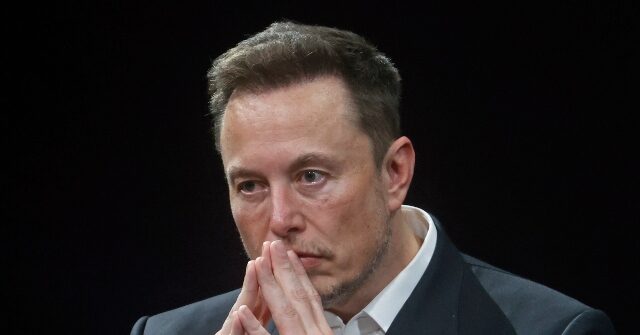The National Highway Traffic Safety Administration (NHTSA) has contacted Tesla following the circulation of videos on social media depicting the company’s robotaxis driving erratically on public roads in Austin, Texas.
CNBC reports that Tesla’s robotaxi service in Austin, Texas, which launched this weekend, has already caught the attention of federal regulators due to a series of concerning incidents captured on camera and widely shared on social media. The NHTSA has reached out to Tesla to gather more information about these incidents, which have raised questions about the safety and reliability of the company’s autonomous driving technology.
The videos, which quickly went viral on Monday, showed Tesla’s robotaxis engaging in a variety of alarming behaviors on Austin’s streets. In one instance, a robotaxi was seen driving on the wrong side of the street after failing to make a left turn, while another was captured braking abruptly in the middle of traffic, apparently in response to stationary police vehicles that were not directly in its path. These incidents have sparked concern among both the public and regulators, who are now scrutinizing Tesla’s latest foray into driverless technology.
Tesla’s robotaxi pilot program in Austin involves a fleet of 10 to 20 Model Y vehicles equipped with the company’s most advanced autonomous driving software and hardware. As a precautionary measure, each vehicle is currently accompanied by a human safety observer seated in the front passenger seat. The service, which operates during daylight hours and in favorable weather conditions, is currently available by invitation only to a limited number of riders who pay a fixed fee of $4.20 per ride.
Despite the setbacks, the launch of Tesla’s robotaxi service in Austin triggered an eight percent surge in the company’s stock price on Monday. However, the rollout falls short of CEO Elon Musk’s numerous promises over the past decade regarding the company’s progress towards achieving full autonomy. In 2015, Musk claimed that Tesla cars would achieve “full autonomy” within three years, and in 2016, he stated that a Tesla vehicle would be capable of completing a coast-to-coast drive without human intervention by the end of 2017. Neither of these projections has come close to fruition.
While Tesla continues to face challenges in its pursuit of autonomous driving, competitors such as Alphabet’s Waymo and several Chinese companies, including Baidu’s Apollo Go, WeRide, and Pony.ai, have made significant strides in operating commercial robotaxi fleets. Waymo, for example, recently announced that it had surpassed 10 million paid trips in its robotaxis.
Read more at CNBC here.
Lucas Nolan is a reporter for Breitbart News covering issues of free speech and online censorship.
Read the full article here



